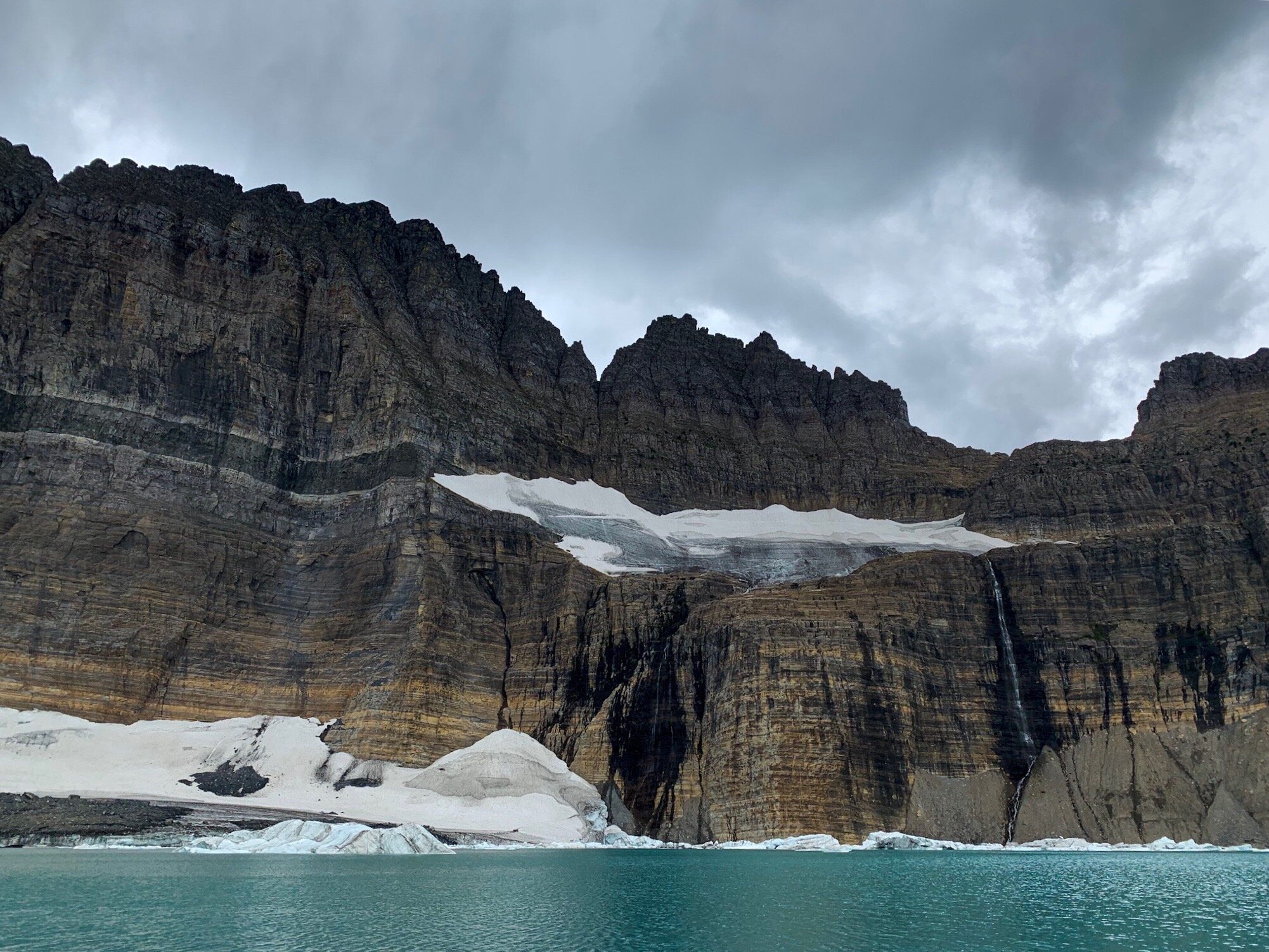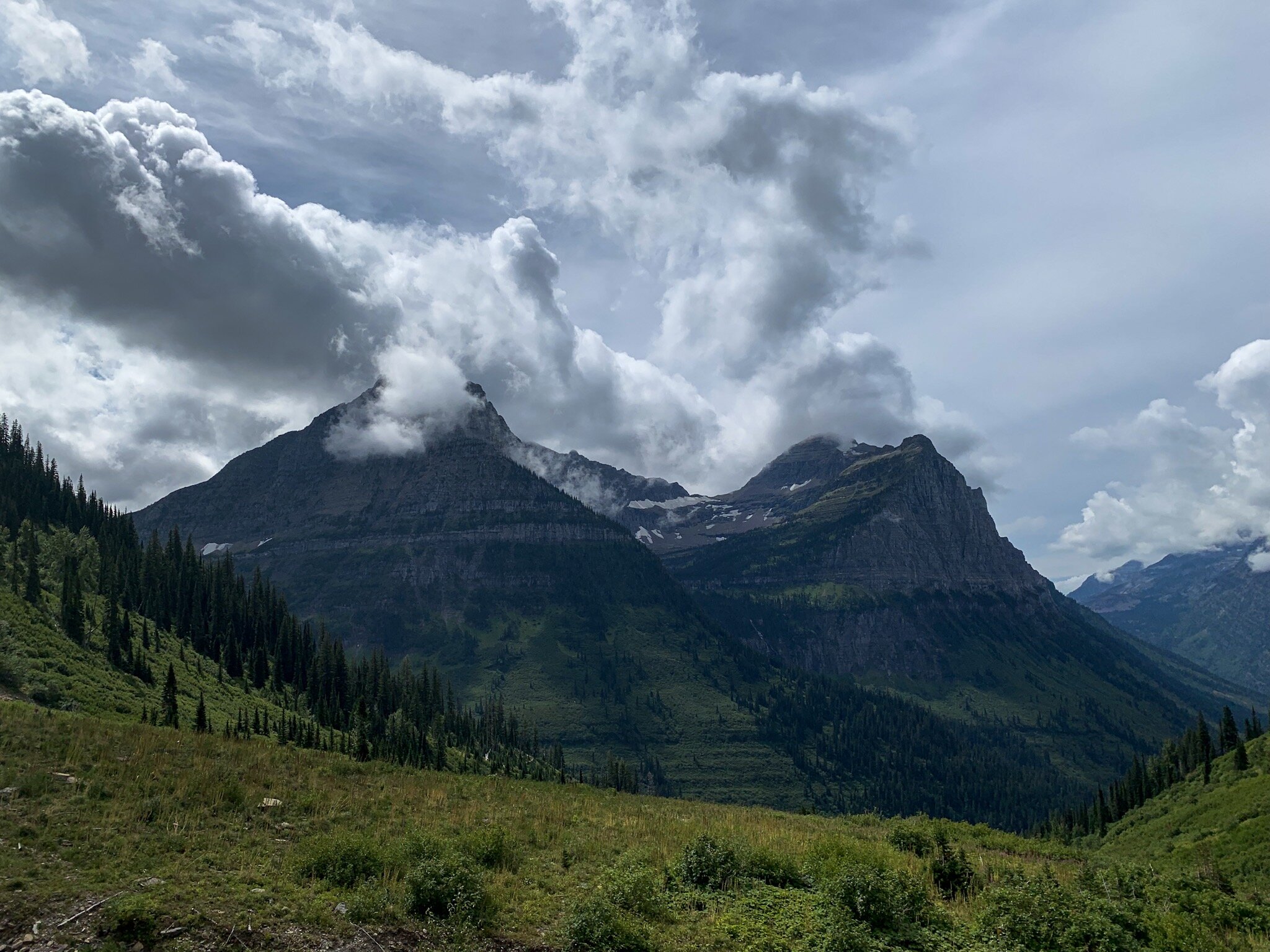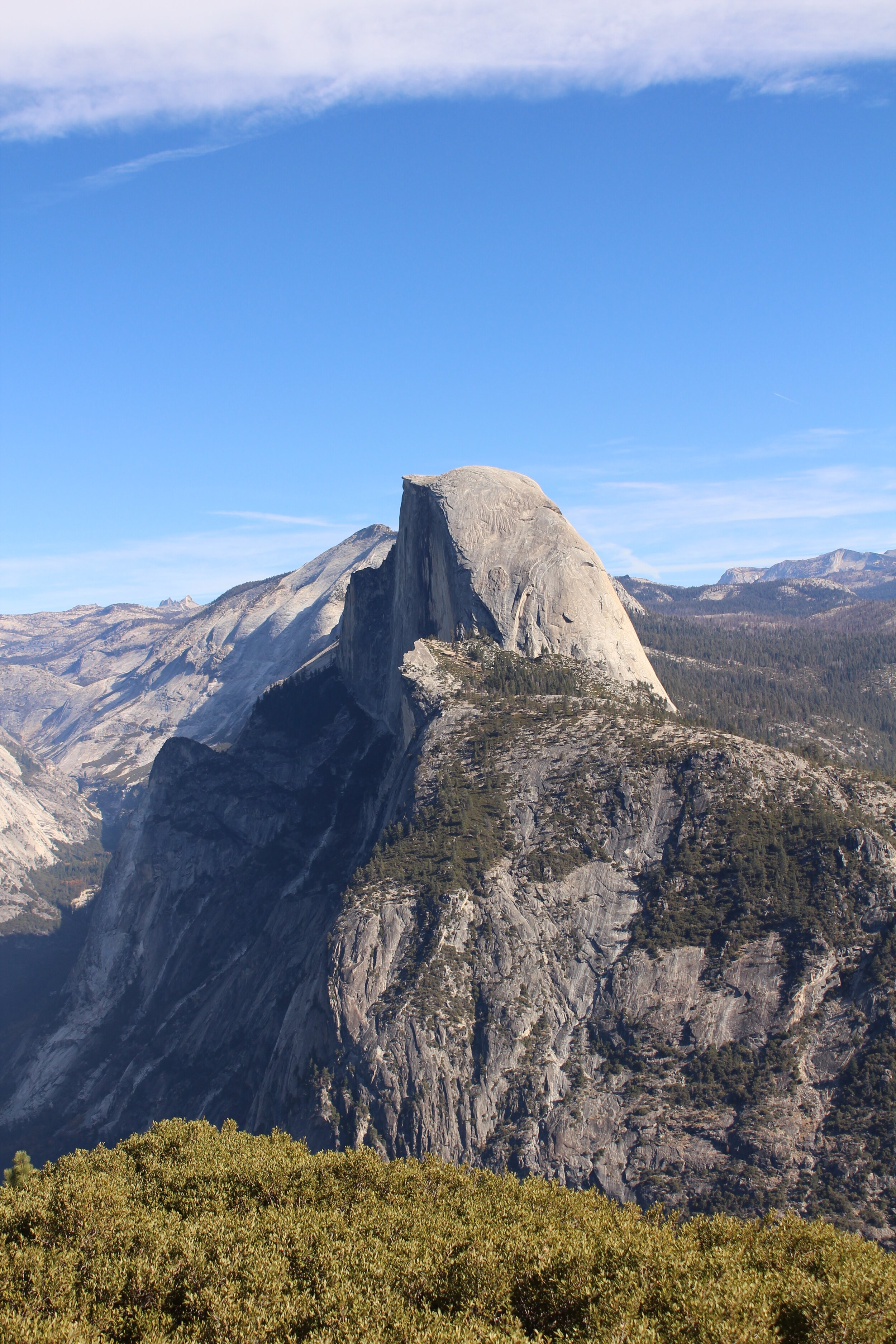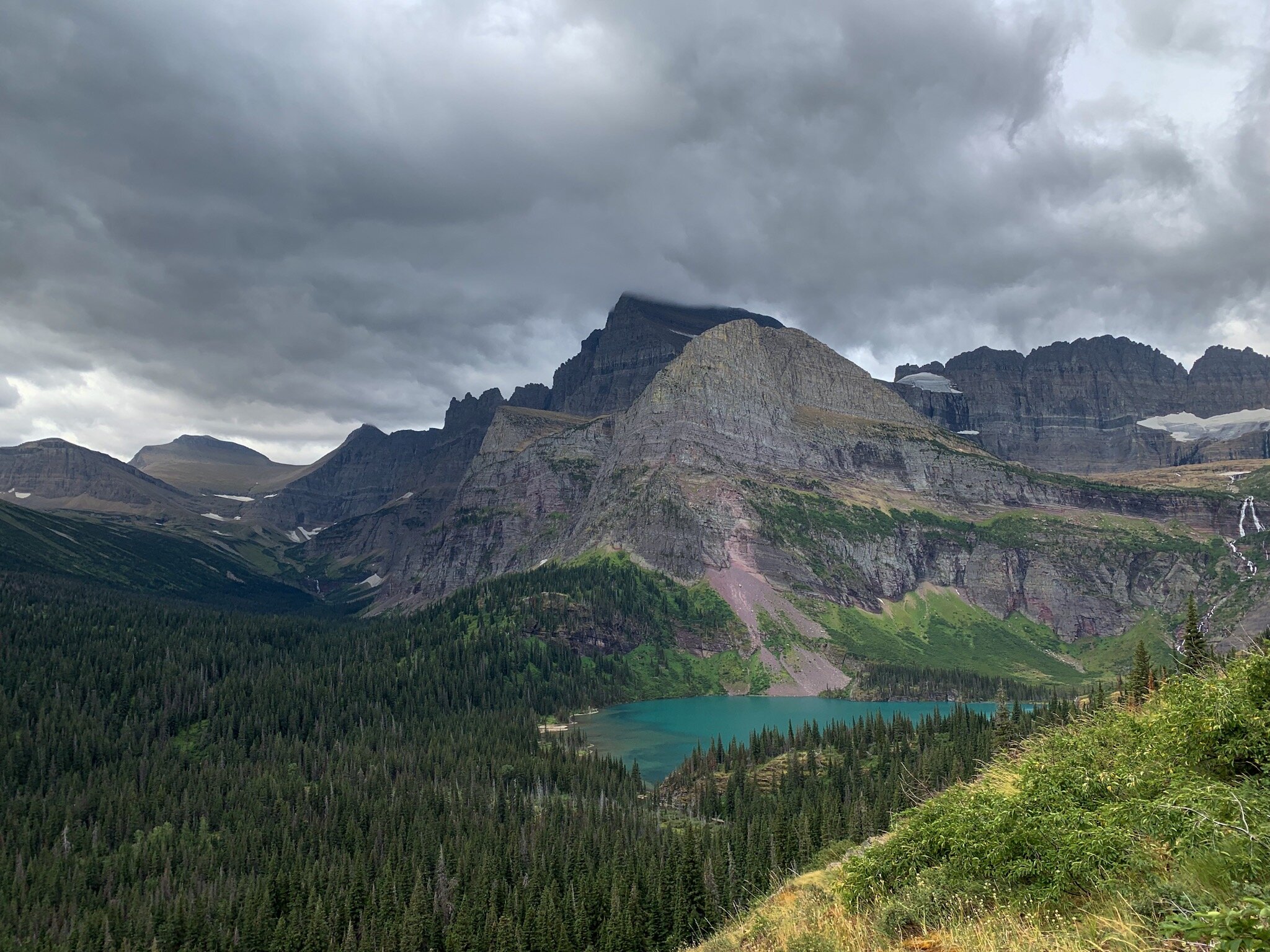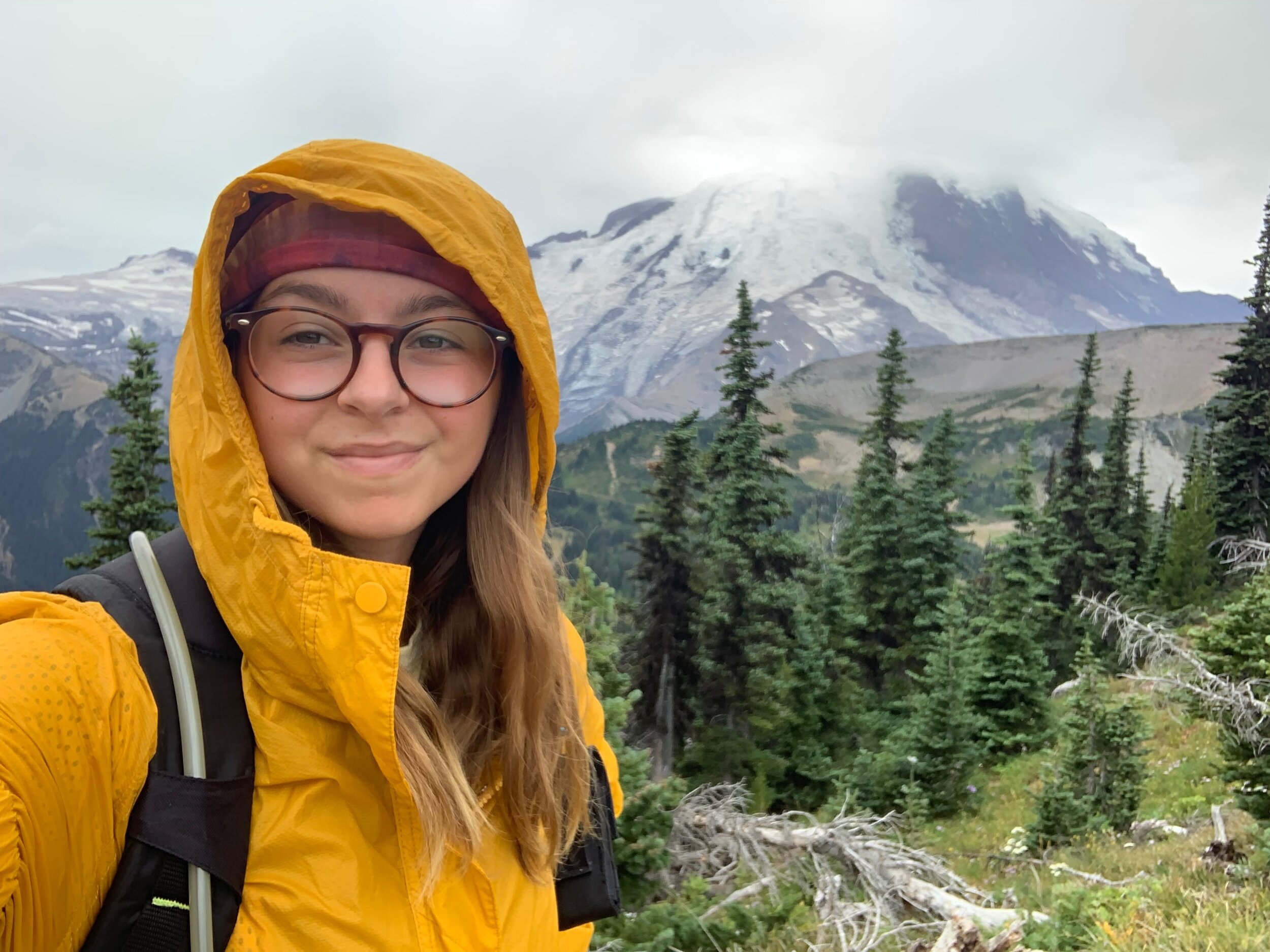The Rocky Mountain States hold some of the highest elevation in the country, and some of the most beautiful landscapes. From sprawling mountains, to deep thermal pools, this section of the country is on so many people’s bucket lists. From Colorado to Montana, we’re going to explore exactly where you should head if you’ve never been to the area before, so that you can experience the best the landscape has to offer.
Glacier National Park, MT
Colorado: Rocky Mountain National Park
Colorado is easily one of my favorite states. There is so much to do, and so many beautiful places to see, but for a first time visitor looking to get the most out of a visit, I’d say don’t miss Rocky Mountain National Park. The Rockies are located in Northern Colorado, and have some of the highest elevation roads in the country. These mountains are home to bears, moose, and more, and are full of winding trails, rivers, pine trees, and everything else you picture when you think of Colorado. Stay in Estes Park and explore the Stanley Hotel (where they filmed The Shining), and the rest of those mountain town vibes when you’re not in the National Park.
Things to do:
· Go to the Alpine Visitor Center and hike the Alpine Ridge Trail (12,000 feet)
· Go to Bear Lake
· Hike Hallett Peak (for advanced hikers only due to the elevation)
· Do the Scenic Drive
When visiting Rocky Mountain National Park, be aware of the elevation and oxygen levels. Elevation sickness is not uncommon here, so don’t attempt any hikes that are out of your athletic ability.
Wyoming: Yellowstone National Park
There’s no question: you cannot go to Wyoming for the first time and not go to Yellowstone. Yellowstone is not just the National Park—it’s all the surrounding mountain towns, and it’s become a vacation destination. Yellowstone is known for its thermal pools, abundant wildlife, and the famous Yellowstone Falls. There is so much to do just in this park and its surrounding areas, so I’d suggest planning at least a 4 day trip, perhaps even a week if you can take the time.
Things to do:
· Go see the popular spots: Grand Prismatic Spring and Old Faithful
· Spot wildlife in the Lamar Valley
· Walk the boardwalk at the Norris Geyser Basin
· Go to Artists Point and take photos of Yellowstone Falls
Like at any National Park, please respect the nature when visiting Yellowstone. Stay on the boardwalks, don’t climb over guardrails, and please, DO NOT APPROACH WILDLIFE.
Montana: Glacier National Park
I have a whole post you can read about Glacier, but there truly is no better place to visit if you’re visiting Montana for the first time. Glacier is an incredible landscape full of wildlife, mountains, and of course, glaciers. This national park is also home to the famous Going to the Sun Road, which connects east and west Glacier on one of the most beautiful scenic roads in the country.
Things to do:
· Hike to Grinnell Glacier (hard)
· Hike to the Hidden Lake Overlook (easy)
· Drive the Going to the Sun Road (not open to vehicles over 21 feet long)
Learn more about Glacier at the link below:
The Rocky Mountains are an incredible landscape full of beautiful national parks and tons of wildlife. This is an area I could spend months exploring. Not sure where to start when planning your trip? Head to the shop to schedule a phone call with me and allow me to plan your trip for you!




























